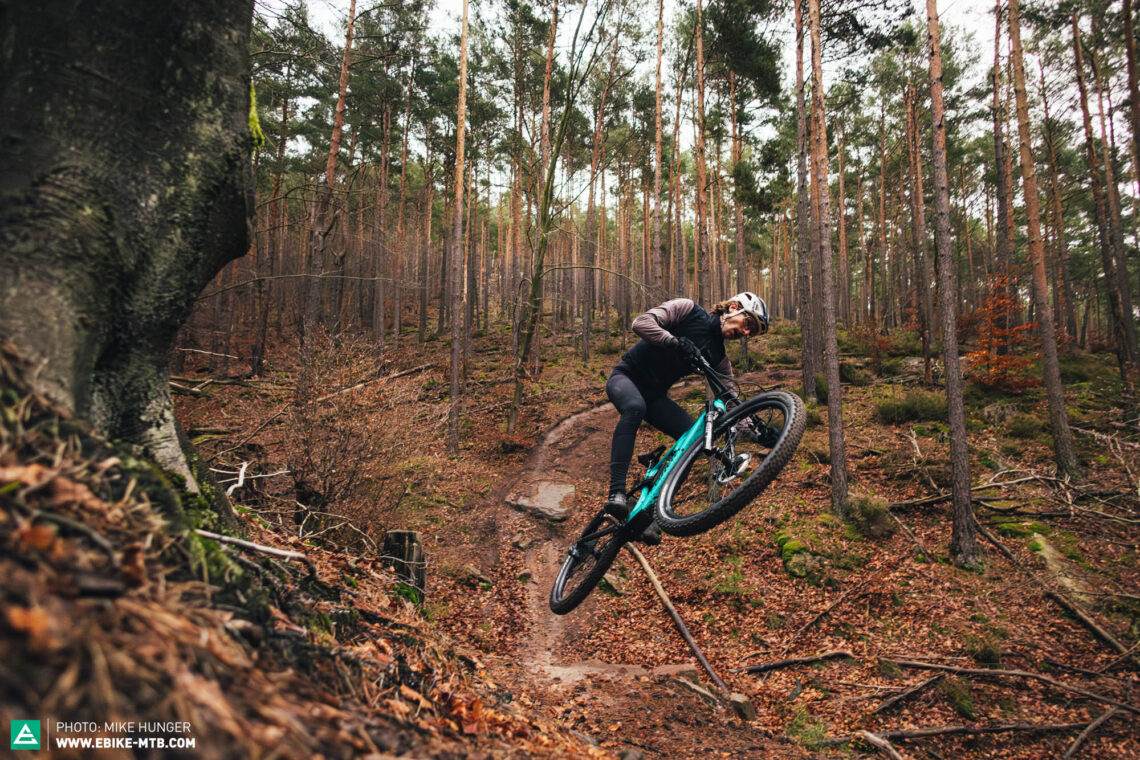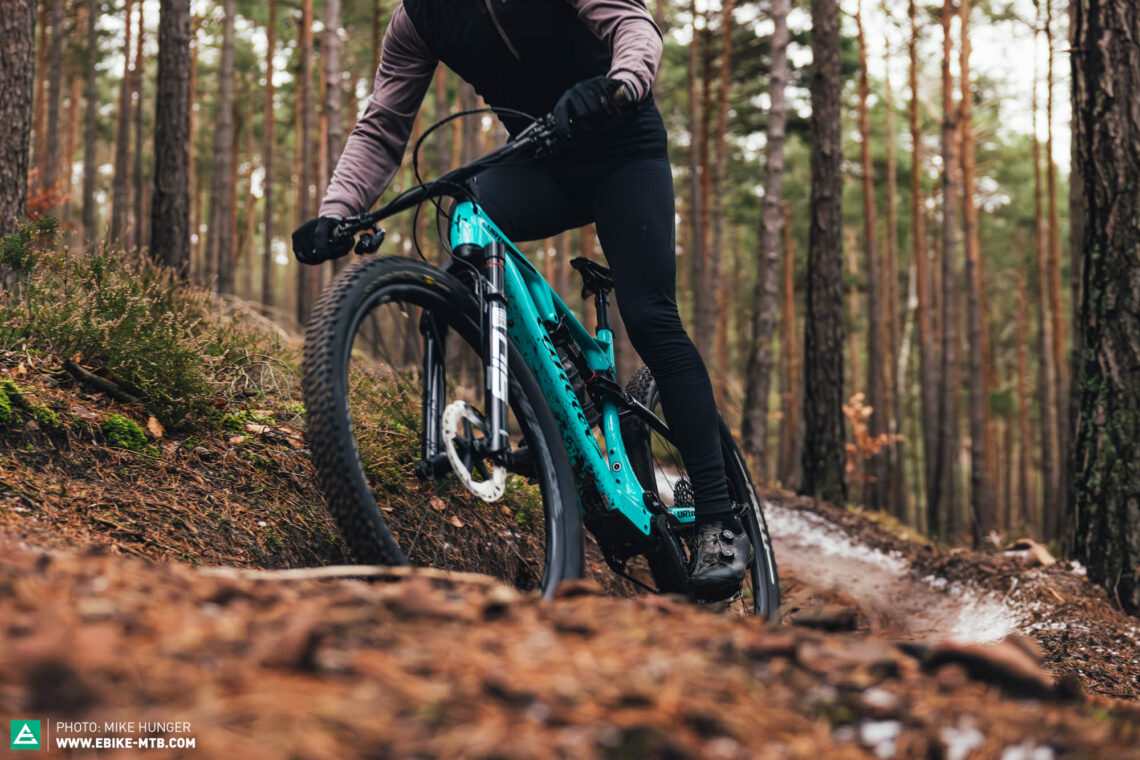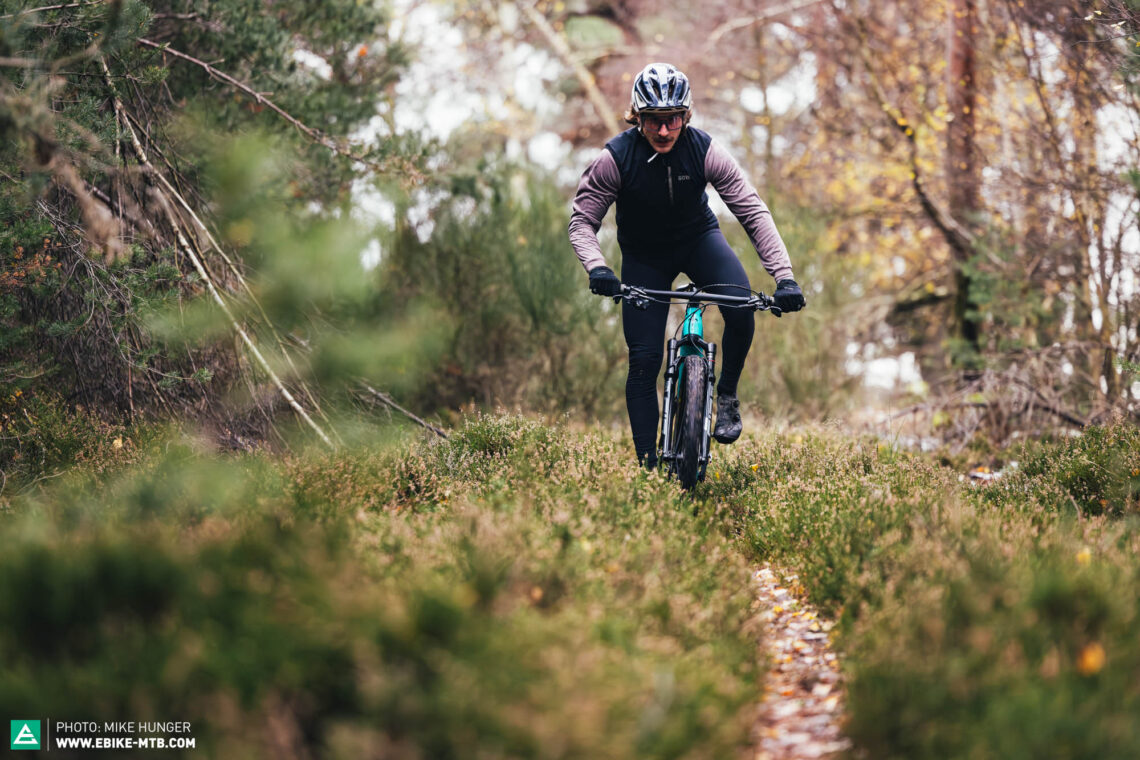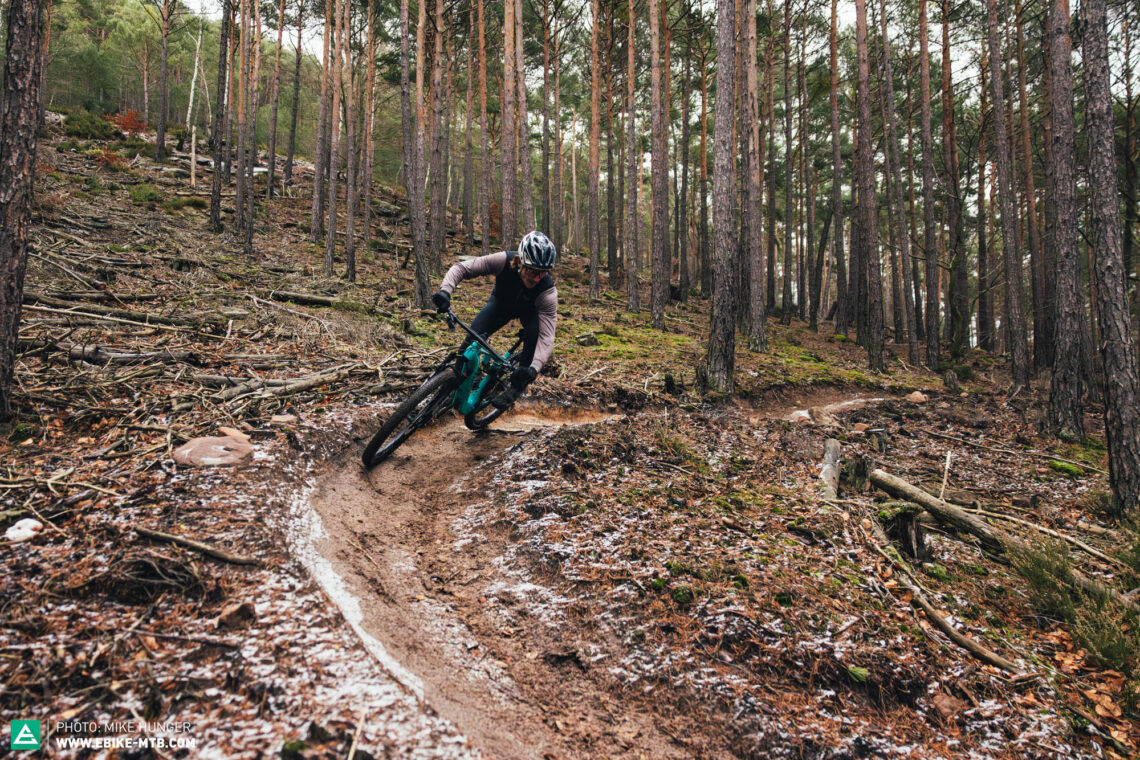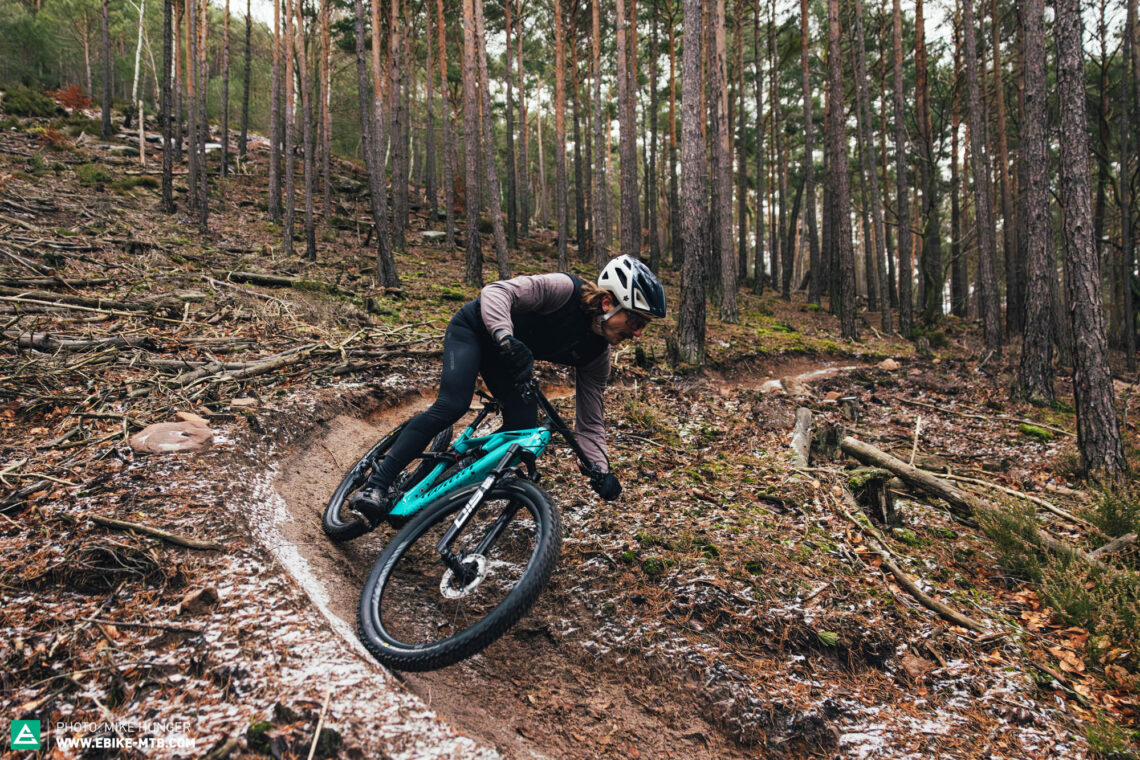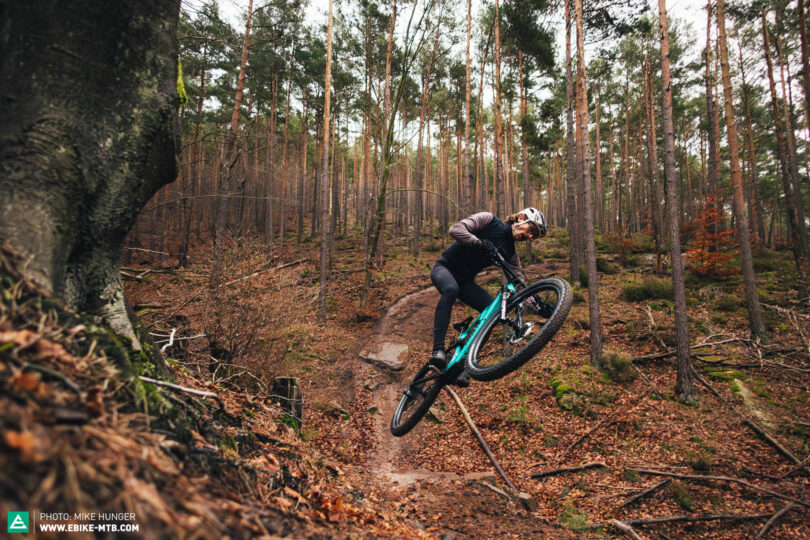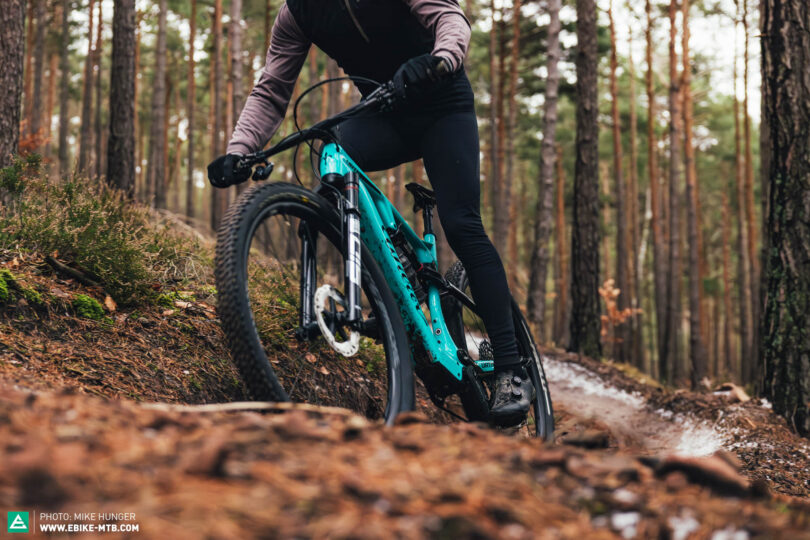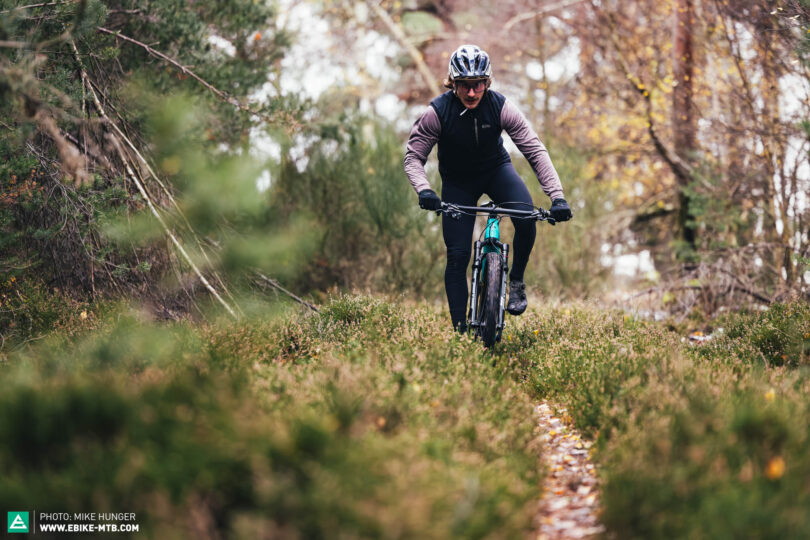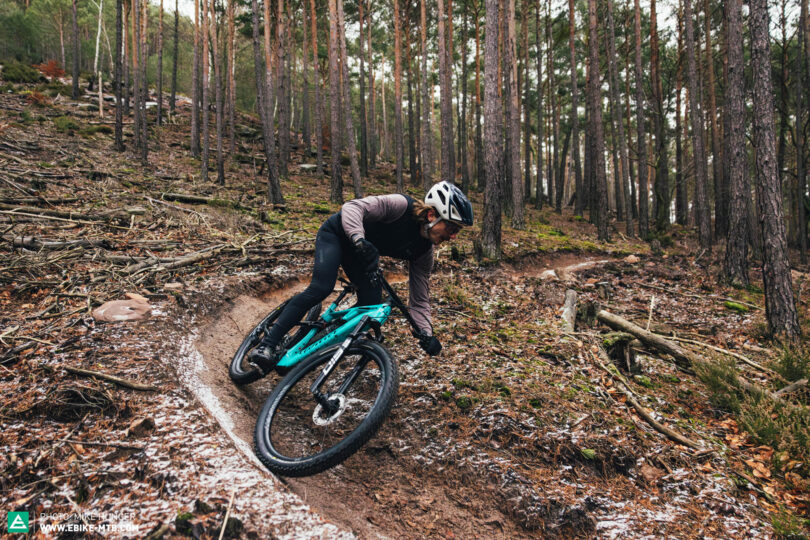Drop bar meets eMTB: with the Urta Hybrid, road-oriented brand Wilier present their first light eMTB. It features the FAZUA Ride 60 system, and offers 120 mm travel at the front and rear. Can the Italian temperament of the Urta Hybrid be tamed, and how does the bike fare on the trails?
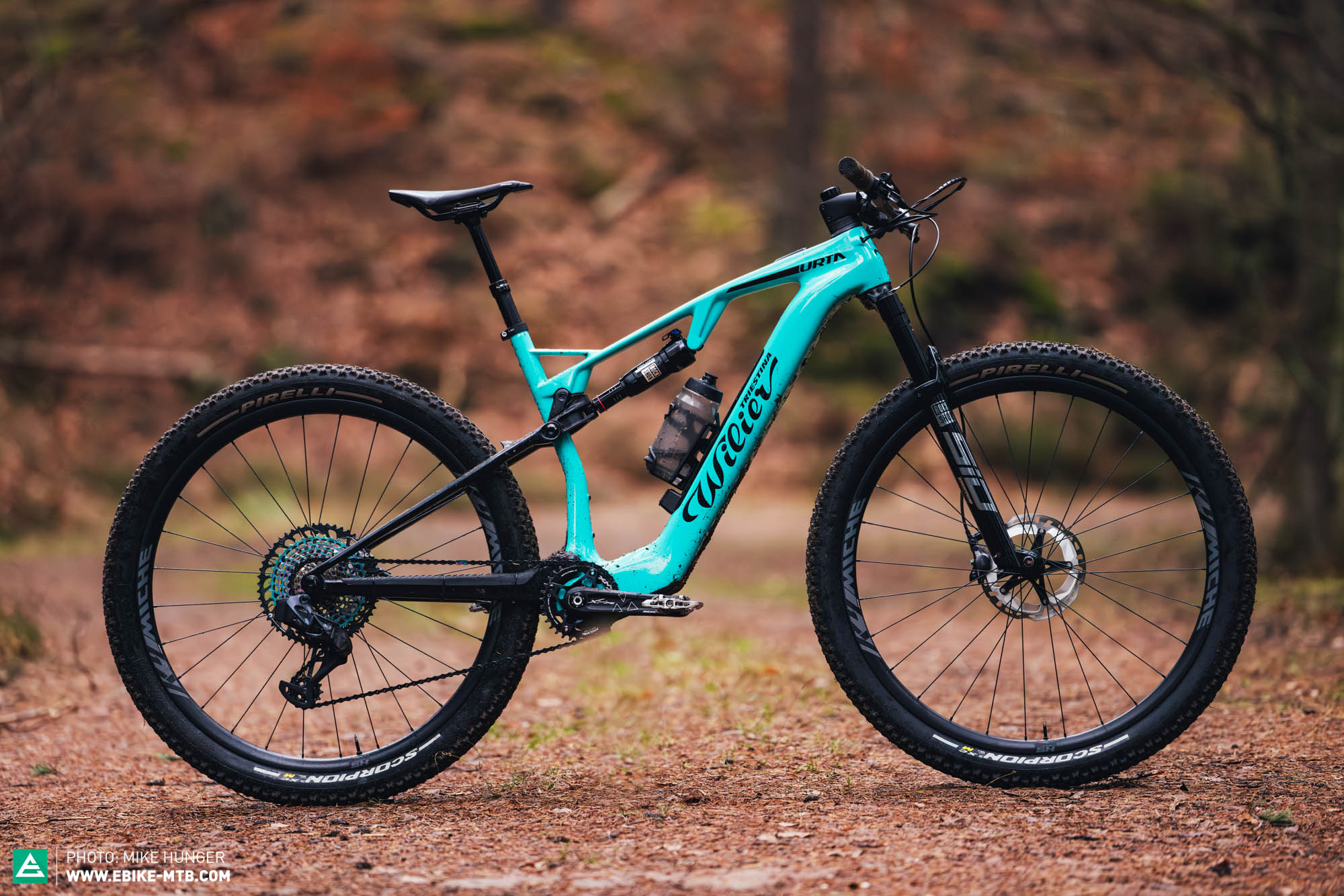
16.36 kg in size L | € 12,500 | Manufacturer’s website
Wilier certainly know how to make road bikes, or anything else that has a drop bar, as they’ve proven several times in our sister magazine GRAN FONDO. But the Italian brand also gained a foothold in the MTB segment in 2021 with their Urta SLR cross-country bike, which has already seen success in the XC World Cup. Now the Urta is also available in an electric version with the FAZUA Ride 60 system, rolling on 29″ wheels, and offering 120 mm travel front and rear. It appeals especially to purists and those with an XC background who value maximum efficiency and minimal weight because the clock keeps ticking on the uphills in an XC race. The flagship model weighs 16.36 kg in size L, costs € 12,500 and is almost on par with the 16.1 kg Thömus Lightrider E Ultimate in terms of weight. Visually, the Urta Hybrid is clearly reminiscent of its analogue brother, but Wilier say they have further refined and improved it in the details.
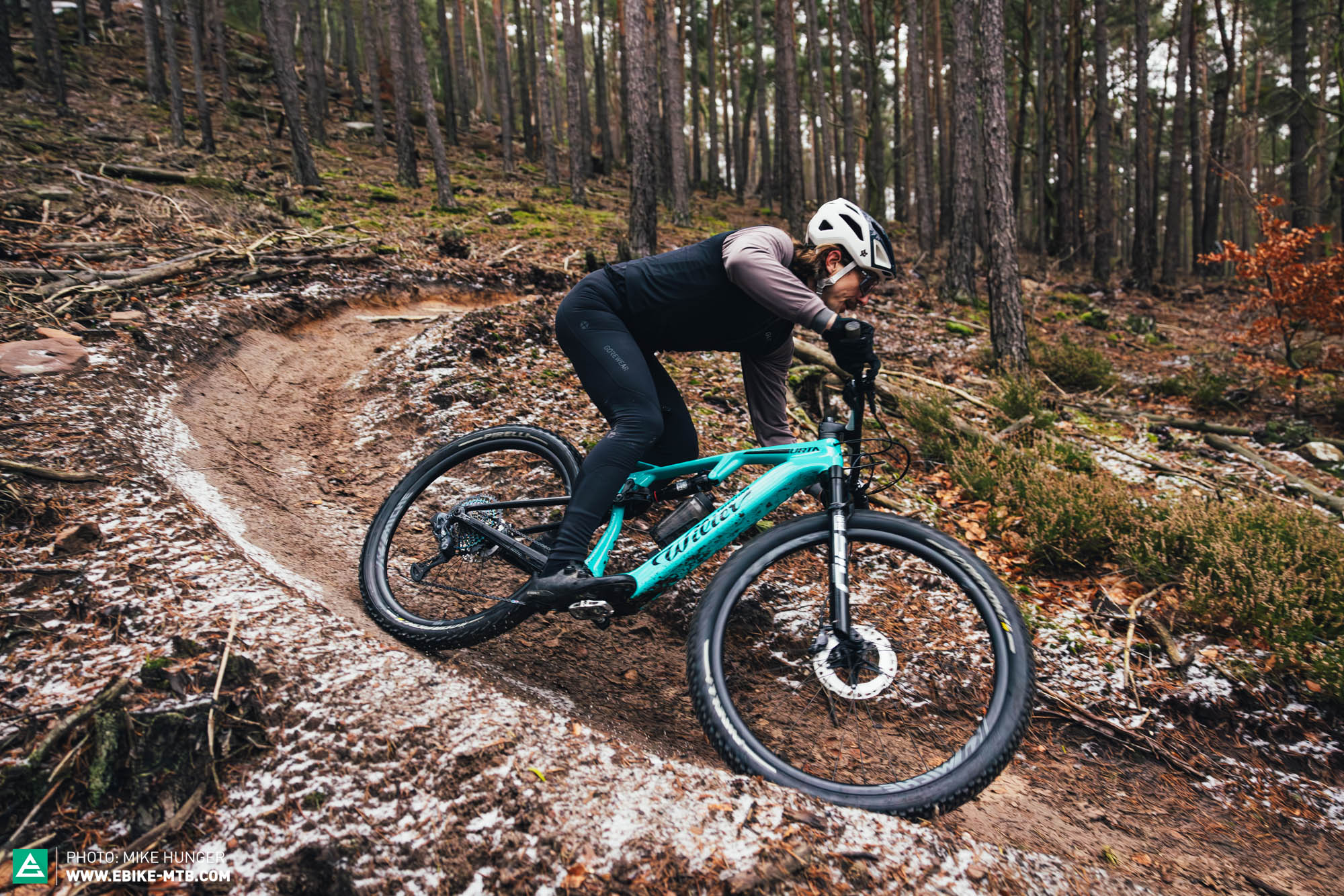
A closer look at the 2024 Wilier Urta Hybrid
The Wilier Urta Hybrid makes a self-confident impression, seemingly flexing the muscles like an Italian sports car with its clearly defined lines and edges. Like with its analogue counterpart, the shock is positioned in line with the seat stays and parallel to the top tube. As a result, there is enough space inside the large front triangle for two bottle cages, so you can stay hydrated even on hot and long days in the saddle.
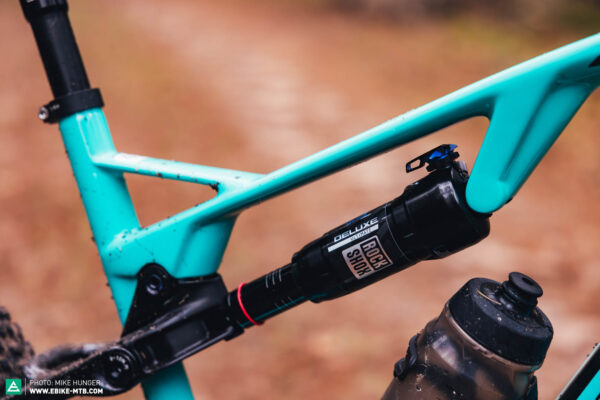
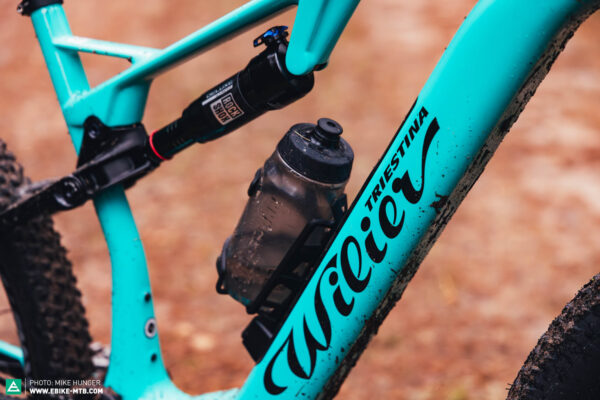
The down tube has that familiar hockey stick shape, which is due to the FAZUA Ride 60, which forms the heart of the Wilier Urta Hybrid. The motor puts out 60 Nm and offers support of up to 350 watts in the standard mode, and briefly up to 450 watts in boost mode. The FAZUA Ride 60 is powered by a permanently integrated 430 Wh battery, and can be supplemented with a 210 Wh range extender. The extender isn’t available yet but should come to market in the future. Thanks to the roomy front triangle, the frame can accommodate both a range extender and a water bottle. The charging port for the battery sits below the bottle cage on the down tube. However, opening the flap wide enough to plug in the charger is tricky, especially with a bottle in the bottle cage.
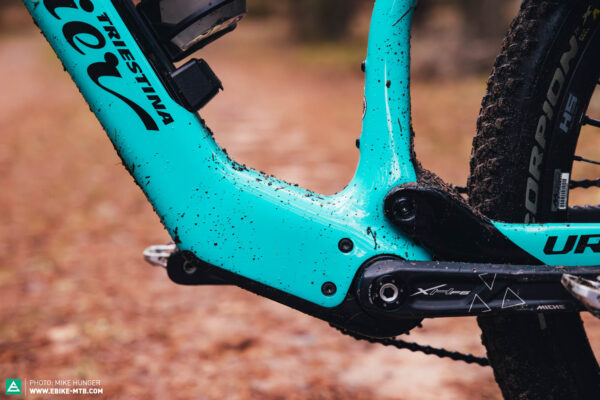

The FAZUA LED Hub is integrated into the top tube and provides an overview of the selected support mode or battery level with the help of colour LEDs. The motor is controlled via the FAZUA Ring Control remote, but, unfortunately, it still has a somewhat cheap feel and look. Check out our motor group test for an in-depth review of how the FAZUA Ride 60 performs on the trail and what other features the motor has to offer.

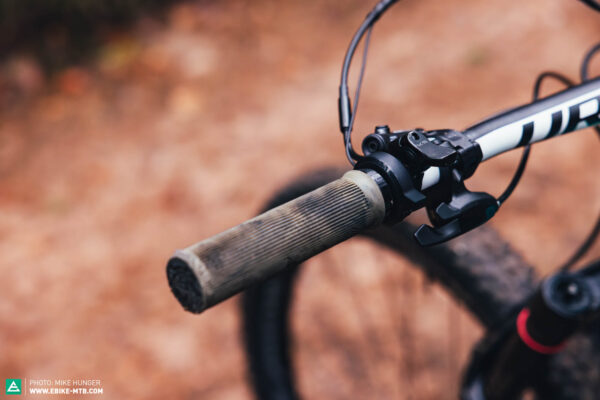
In addition to the frame, the one-piece carbon cockpit theoretically offers an integrated and clean look. However, the emphasis here is on “theoretically” because there are more levers and switches on the handlebar than on the steering wheel of an F1 car, making it look crowded and busy. Added to that are all the cables that are chaotically routed into the frame. Since neither the frame nor the headset have any form of steering blocker, the handlebar is free to rotate far enough for the shifter or the lockout remote to hit and scratch the top tube in the event of a crash. The rear end is better protected thanks to a generously sized chainstay protector, keeping the chain quiet.
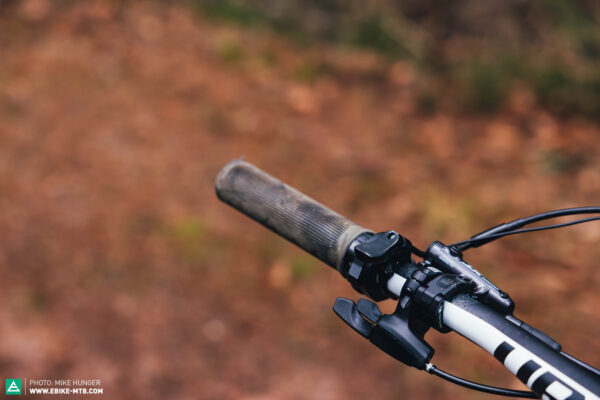
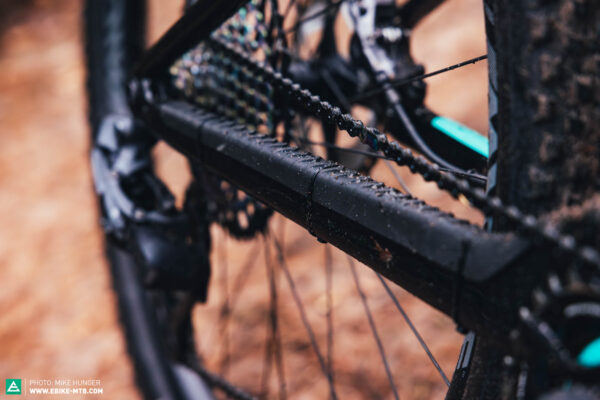
The components of the 2024 Wilier Urta Hybrid on test
We tested the flagship model of the Wilier Urta Hybrid, which costs a whopping € 12,500. In return, you get a lightweight and high-performance build. The RockShox suspension was chosen to suit the intended use, placing the focus on weight savings rather than maximum trail capability. Up front, you get a 120 mm travel RockShox SID Ultimate fork, paired with a RockShox Deluxe Ultimate air shock at the rear. As usual with RockShox, the suspension leaves nothing to be desired in terms of adjustability and performance, but, unfortunately, only the fork can be locked out remotely – you’ll have to reach for the climb switch on the shock.

The wireless SRAM XX1 Eagle drivetrain offers good shifting performance and is paired with dual-piston Shimano XT brakes, which rely on an 180 mm brake rotor up front and a small 160 mm model at the rear. The rear rotor quickly reaches its limits and is far too small, even for an XC bike. The 80 mm KS RAGE-i dropper post provides a small weight saving, but the minimal drop severely restricts your freedom of movement, especially if you’re a tall rider with the seat post extended far out of the frame. Moreover, the matching remote offers poor ergonomics and is difficult to operate on the trail.
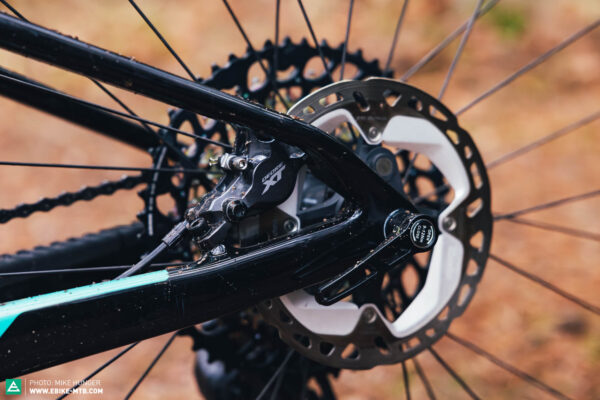
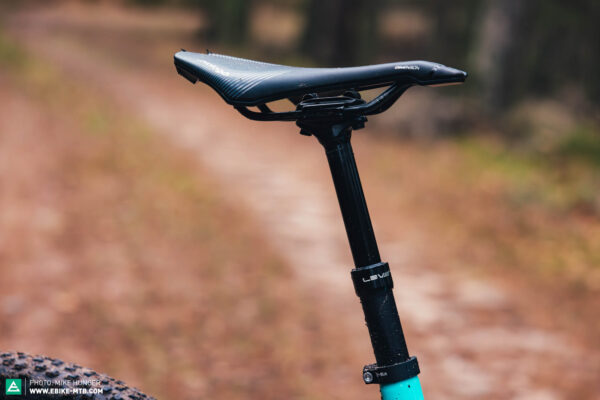
The shapely Wilier Urta monocoque carbon cockpit is crowded with clamps and remotes – four (!) clamps on the left side alone – and so it’s a game of hit and miss when trying to operate the various remotes on the trail. The ergonomics also suffer from the countless clamps because the cockpit can only be adjusted to a limited extent. Unfortunately, the foam grips on our test bike twisted quite easily, too, which is why we swapped them for lock-on versions.
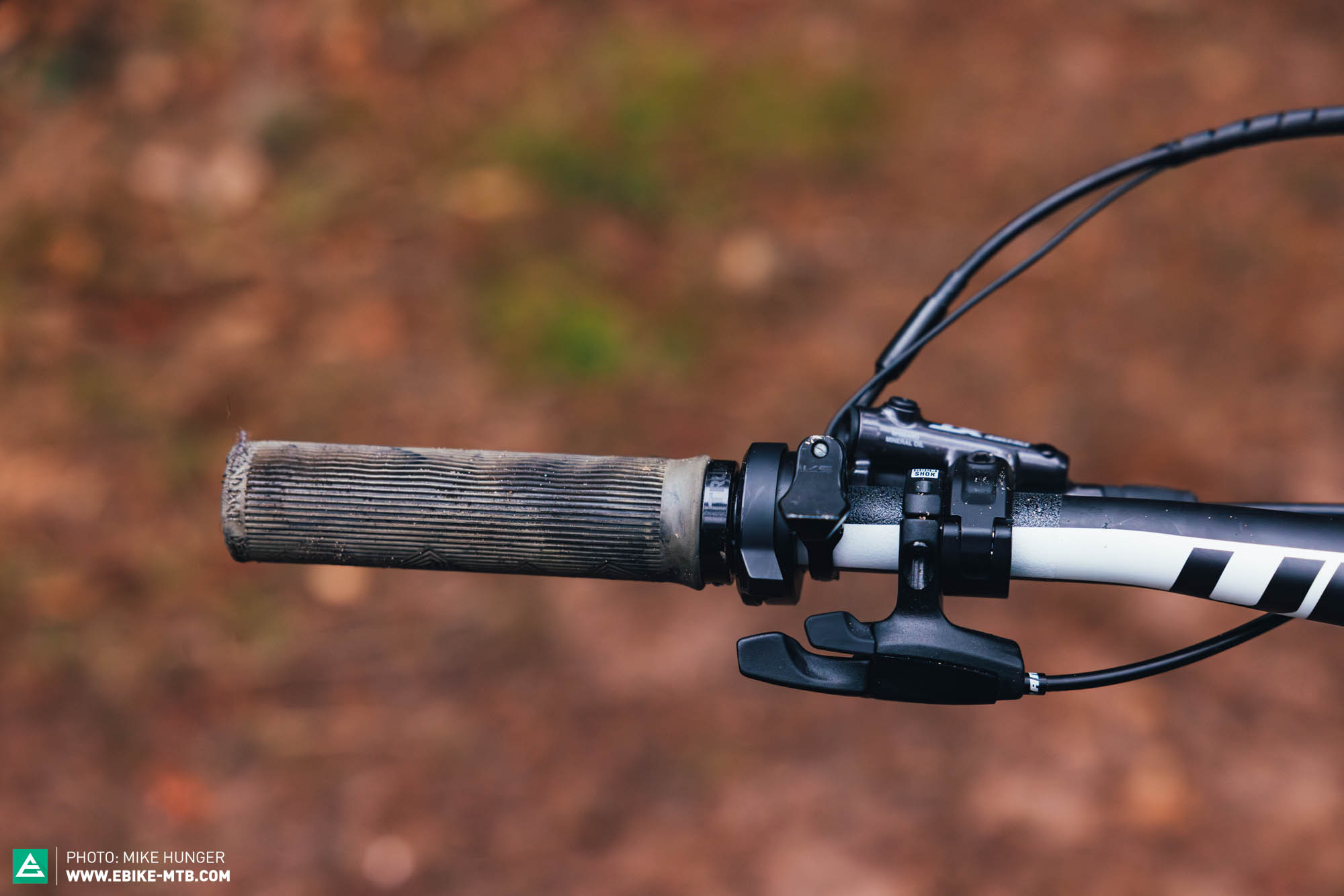
The fancy K6 carbon wheels are supplied by Miche and they’re fitted with Pirelli Scorpion XC tires. Although the tires are light and roll fast on woodland paths thanks to the shallow tread, they’re out of their depth in wet conditions. For serious trail use, the tires should be replaced with models featuring more aggressive tread, and a slightly thicker casing for more puncture protection.
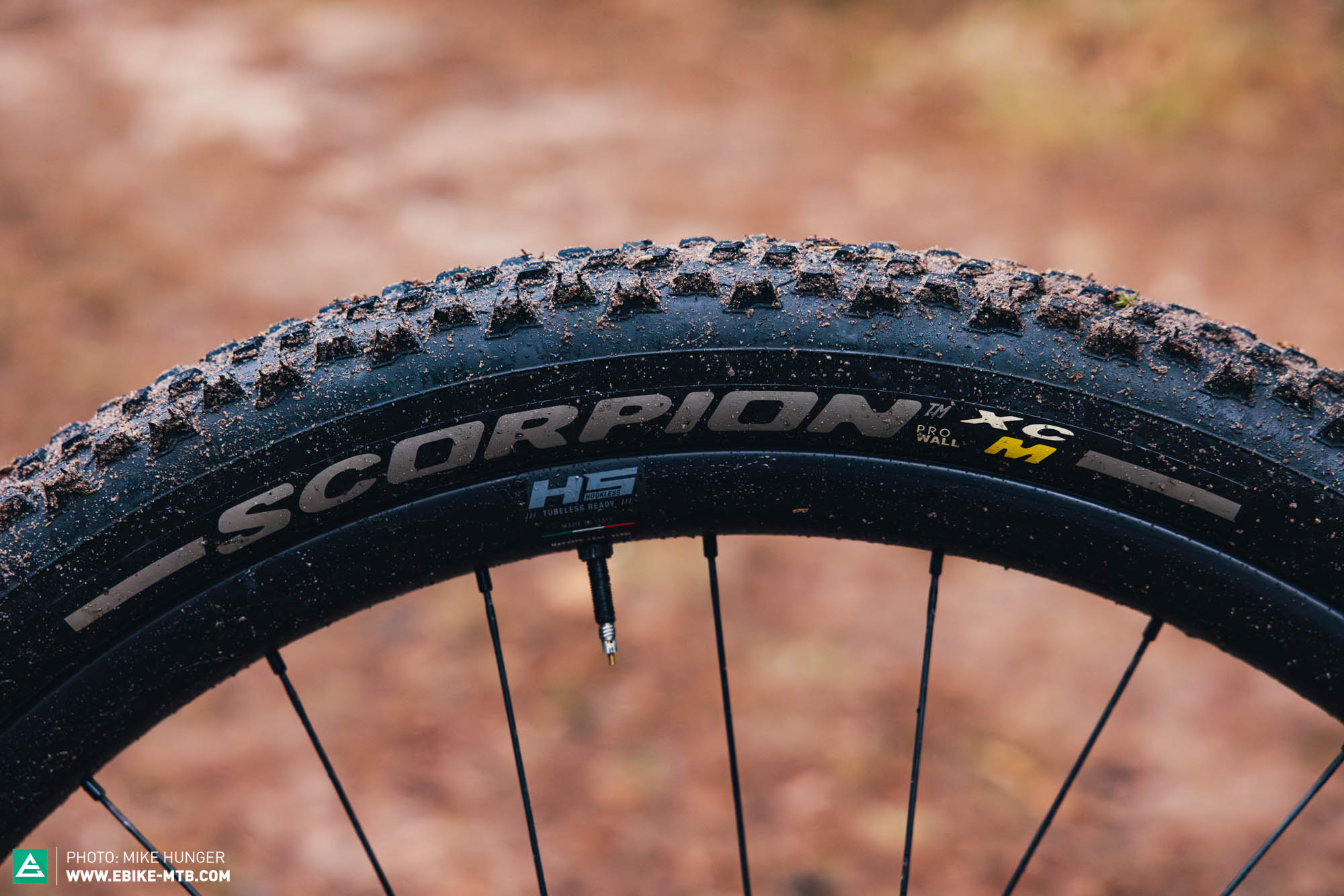
Other build variants of the 2024 Wilier Urta Hybrid
In addition to the flagship model on test, there are three other builds to choose from, ranging in price from € 7,000 to € 8,200. The top end model on test is a staggering € 4,300 more. All rely on the same carbon frame with the FAZUA Ride 60 system and 120 mm travel (f/r).
The main differences are in the suspension and the drivetrain.
For example, the entry-level model comes with a RockShox SID Base fork, and a RockShox Deluxe Select air shock for € 7,000. Shifting is taken care of mechanically via a Shimano XT derailleur and SLX shifter, which doesn’t have the Multi Release function, so you can’t shift several gears at once. To keep your rubber-side down, the aluminium Miche 966 wheels are fitted with Pirelli Scorpion XC tires. For € 7,900, you can get the wireless SRAM GX Eagle drivetrain, paired with the same RockShox suspension. Invest another € 300 and the two-piece aluminium Ritchey cockpit gets replaced by the in-house Wilier Urta monocoque carbon cockpit, bringing the total to € 8,200.

Wilier Urta Hybrid
€ 12,500
Specifications
Motor FAZUA Ride 60 60 Nm
Battery FAZUA Energy 430 Wh
Display FAZUA LED Hub
Fork RockShox SID Ultimate 120 mm
Rear Shock RockShox Deluxe Ultimate 120 mm
Seatpost KS RAGEi Drop 80 mm
Brakes Shimano XT 180/160 mm
Drivetrain SRAM XX1 Eagle AXS 1x12
Stem Urta Integrated Carbon Bar 75 mm
Handlebar Urta Integrated Carbon Bar 760 mm
Wheelset Miche K6 29"
Tires Pirelli Scorpion XC 2.4"
Technical Data
Size S M L XL
Weight 16.36 kg
Trailer approval no
Kickstand mount no
Tuning tip: fit a longer-travel dropper post for more freedom of movement
The geometry of the 2024 Wilier Urta Hybrid
The Wilier Urta Hybrid is available in four sizes from S to XL. The Wilier team based the geometry on proven figures from the cross-country sector and their analogue Wilier Urta, though with slight adjustments that promise to adapt it to the requirements of a light eMTB. For example, the reach has been lengthened by 5 mm, though it’s still relatively short for a trail bike and within typical XC range at 458 mm. The bike has a head angle of 66.7°, and the seat tube measures 480 mm, which further restricts your freedom of movement in combination with the short dropper post. The 448 mm chainstay length is static, meaning it’s the same for every frame size.
| Size | S | M | L | XL |
|---|---|---|---|---|
| Top tube | 576 mm | 603 mm | 632 mm | 664 mm |
| Seat tube | 410 mm | 440 mm | 580 mm | 520 mm |
| Head tube | 93 mm | 194 mm | 105 mm | 122 mm |
| Head angle | 66° | 66.7° | 66.7° | 66.7° |
| Seat angle | 74° | 74° | 74° | 74° |
| Chainstay | 448 mm | 448 mm | 448 mm | 448 mm |
| Wheelbase | 1,148 mm | 1,167 mm | 1,198 mm | 1,231 mm |
| Reach | 406 mm | 432 mm | 458 mm | 485 mm |
| Stack | 593 mm | 597 mm | 608 mm | 623 mm |

The 2024 Wilier Urta Hybrid on the trail
You’ll know that Wilier mean business with the Urta Hybrid the moment you swing your leg over the saddle. It puts you in a stretched riding position, making you bend down to reach the low handlebar and thereby forcing you into an aerodynamic stance. As a result, you’ve got a lot of weight on your hands in flat terrain, and the front wheel remains planted on steep climbs, implementing your steering input with precision. All the while, the 60 Nm FAZUA Ride 60 motor provides a generous push. However, getting up steep climbs still requires some physical effort on your part. For short, technical climbs, or overtaking your buddies, you can activate Boost, which provides a short burst of up to 450 watts. The rear suspension of the Wilier Urta Hybrid generates sufficient traction on bumpy climbs, but it bobs up and down considerably for a short-travel bike. Unfortunately, only the fork can be locked out via remote on the handlebar, so you’ll have to reach for the lock-out lever on the shock to calm the rear end down. Especially on singletrack peppered with climbs, you don’t want to constantly take your hand off the handlebar or stop just to lock out the shock – we would have preferred a remote lockout that locks both the fork and the shock.
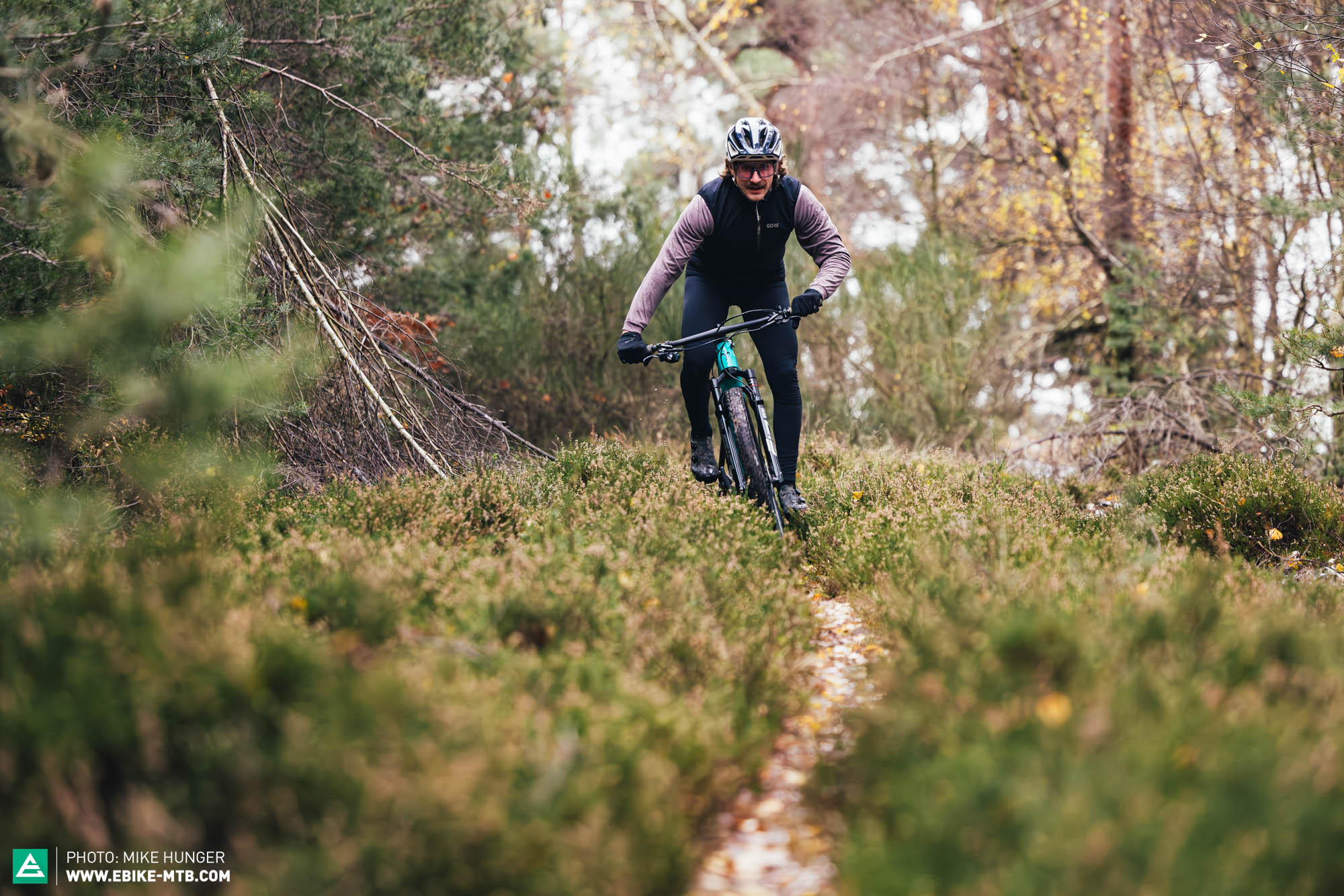
Heading downhill, you’ll find yourself in an aggressive position on the bike. Due to the low cockpit, your weight is shifted far forward, making it easier to keep weight on the front wheel. However, this also makes it harder to manual the bike or just lift the front wheel. As long as the trail remains flowy and flat, the Wilier Urta Hybrid encourages you to stay off the brakes and is bound to put a smile on your face. You benefit from the bike’s low weight and lively handling, allowing you to jump from left to right and back again. It’s quick to accelerate, and you can generate lots of speed by pumping the bike through rollers and berms. When things get steeper and more technical, you better hold on tight, as the handling goes from agile to nervous. Keeping the bike on your chosen line on steep descents requires a high level of concentration and a lot of work. Otherwise, you’ll soon find yourself hugging the next tree. This is where you’ll notice the downside of the low front end and short-travel dropper post, making you feel like you might go over the bar. Riding the Wilier Urta Hybrid in this type of terrain demands an experienced rider. Unfortunately, you can’t exploit the suspension’s full potential due the tires, as they lack grip in wet conditions.

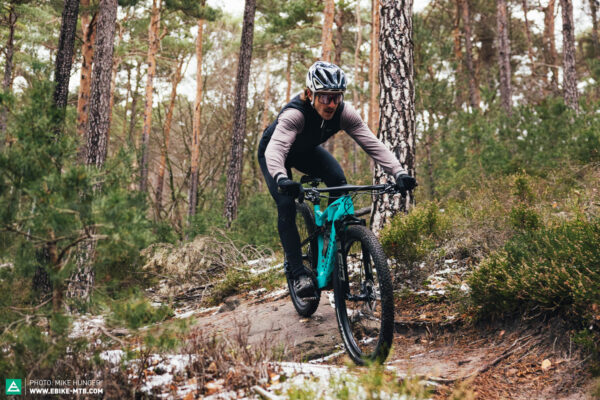
Who is the 2024 Wilier Urta Hybrid for?
The Wilier Urta Hybrid is for current or ex-gravel riders or cross-country racers who prefer riding fast woodland double track or flowing trails, yet appreciate a bit of support on nasty climbs. Thanks to the bike’s low weight and lively handling, you can easily keep the speed above the motor’s 25 km/h limit as you rack up the miles. If you prefer leisurely Sunday rides or wild trails, you’ll be better off with a more capable bike.
Our conclusion on the 2024 Wilier Urta Hybrid
The Wilier Urta Hybrid represents the brand’s light eMTB debut. Unfortunately, the bike’s clean design is undone by the cluttered cockpit. The Urta Hybrid offers an aggressive riding position and lively handling on the climbs, though it’s somewhat lacking in terms of pedalling efficiency. Its XC genes show on flowing and flat trails, where it’s plenty of fun to ride. That said, the Wilier Urta Hybrid is out of its depth on technical trails, where it demands a skilled rider.
Tops
- plenty of acceleration on flow trails
- stand-out design
Flops
- crowded cockpit
- remote lockout only for the fork doesn’t make sense
- short-travel dropper post
- low front end robs you of confidence
For more information visit wilier.com

Did you enjoy this article? If so, we would be stoked if you decide to support us with a monthly contribution. By becoming a supporter of E-MOUNTAINBIKE, you will help secure a sustainable future for high-quality cycling journalism. Click here to learn more.
Words: Mike Hunger Photos: Mike Hunger




